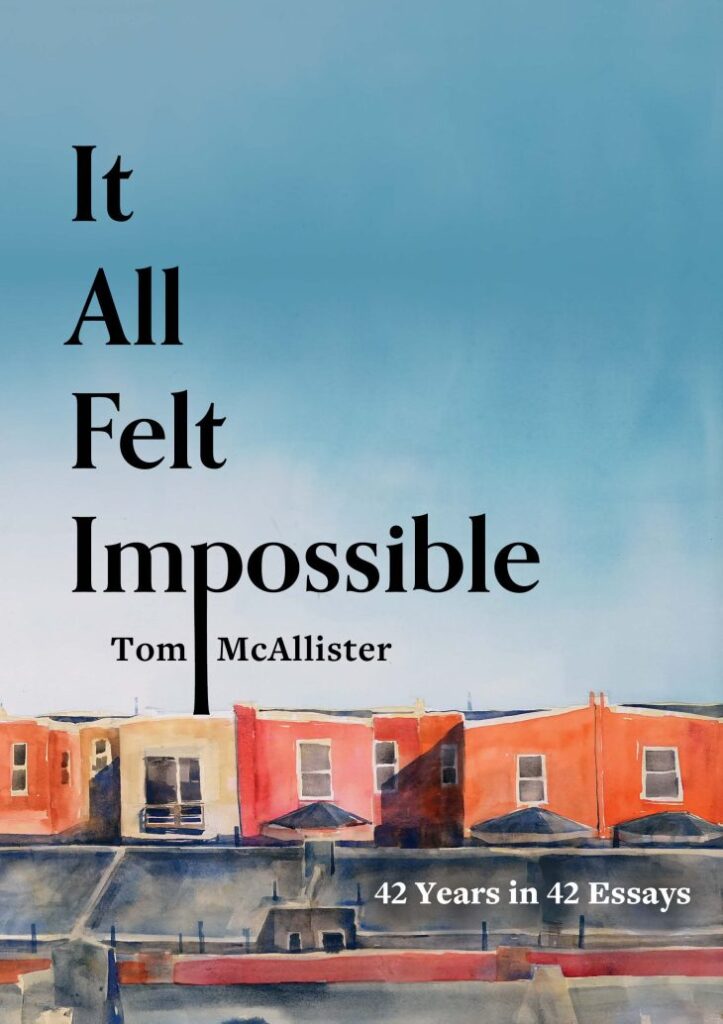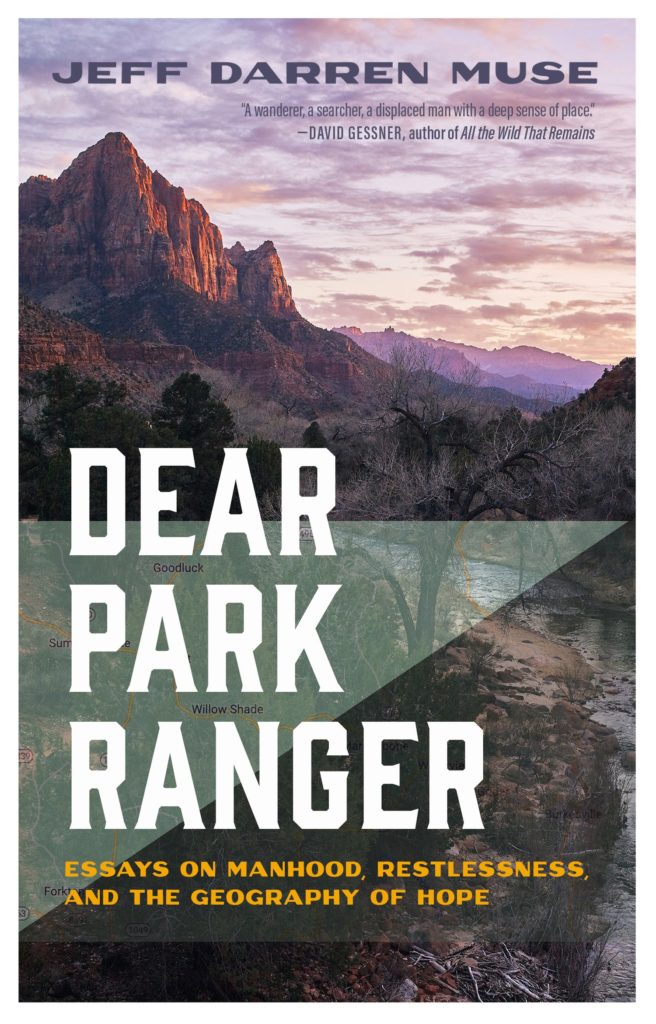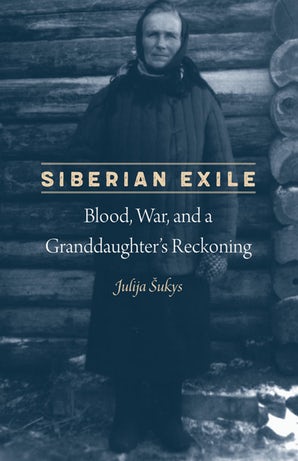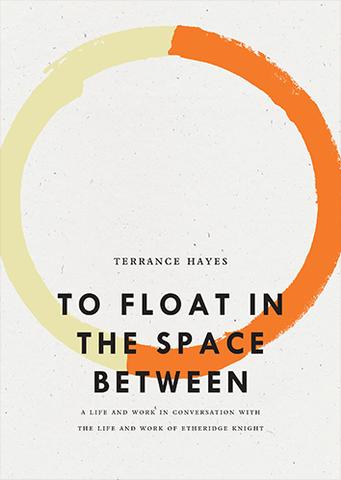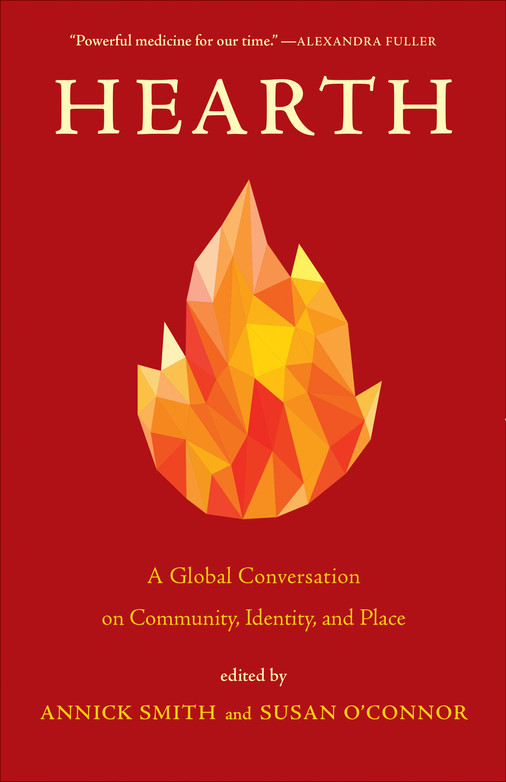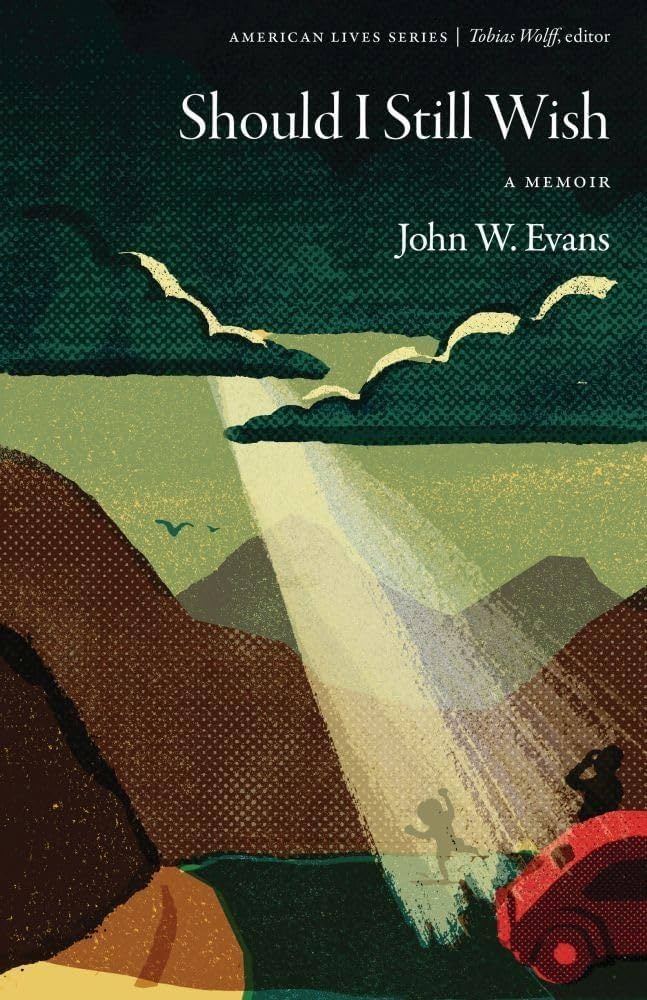By Katy Major
The Celeste Holm Syndrome: On Character Actors from Hollywood’s Golden Age by David Lazar
David Lazar’s latest collection, The Celeste Holm Syndrome: On Character Actors from Hollywood’s Golden Age, is an artfully attuned set of essays that analyzes the delightful nuances of cinema’s Golden Age and the author’s love of its movies. The book’s slim black rectangle is screen-like, and it sits, dark and strangely velvety in one’s hands—a diminutive, dense piece on an expansive topic, rich with possibility, like the moment before an artist’s vision is revealed. A microcosm and a world. From the cover, too, a gleam: Celeste Holm’s level gaze meeting ours, her lit eyes enigmatic and beckoning as Eckleburg’s eyes from the cover of The Great Gatsby.
Lazar’s subject is divided into an introduction, which presents the book’s premise, and eight essays. His aim is to shed light on the person and persona of the character actor who has long intrigued him in classic movies, he and she consigned to the sidelines, captivating in spite of their subordinate status—or, more accurately, because of it. Lazar assigns heroism not to the iconic lead, who is likely defined by his or her virtuous character, but rather those without their winning good looks, stalwart confidence, or even tempers; those who, nonetheless, pique our interest for what Lazar describes as “the way they expand the human franchise of individuality”; and those who might receive that half-admiring, half-bemused expression, “What a character!”
To clarify, Lazar identifies two types: Character actors who bring “an indelible character with them from film to film . . . registering a familiar set of characteristics with the audience simply, after a time, by appearing.” And the second type, character actors whose “essential personality [is] effaced as they [disappear] into each new role.” Though their performances in secondary roles shape common archetypes, the life that character actors bring to them is unique.
Each essay explores a different facet of character actors and their onscreen personalities. One chapter is devoted to men and women actors in the films of Preston Sturges. Much to the chagrin of Paramount executives, Sturges loved to reuse many of the same actors: William Demarest, Esther Hoaward, and Alan Bridge. The chapter “My Two Oscars” lands on Wilde and Levant, the latter a blend of deep melancholia and masterful wit, known also for his role in the pivotal film An American in Paris (1951). “Double Take” explores the unconscious implications of those constantly bewildered, quizzical characters who “stand in for our sense of the world’s cracks and fissures,” like Groucho Marx, Edward Everett Horton, and, notably in this chapter, Jack Carson of Mildred Pierce (1945) and Cat on a Hot Tin Roof (1958).
Through these essays and others, Lazar establishes a set of secondary character archetypes such as the parodic “meddling English valet” portrayed by Eric Blore in Top Hat (1935) or the alluring and disapproving mother played by Thelma Ritter in Birdman of Alcatraz (1962). These are shorthand, fascinating representations of people we recognize, rooted in historical reality. Like icons themselves, there’s Jane Darwell’s portrayal of a long-suffering Depression-era mother or Celeste Holm’s of the rejected “mature” romantic interest in a sexist, youth-obsessed culture.
This is no straightforward Cinema Studies text. Each piece is enriched by personal reflection and a memoir-like interrogation of the author’s early life. The Celeste Holm Syndrome is a welcome addition to David Lazar’s notable previous collections that feature relationships with his parents, with desire and rejection, and with loss. Two essays in The Celeste Holm Syndrome are devoted to the relationships between Lazar’s parents and the themes of cinema and performance, one of many ways this book echoes Lazar’s first essay collection, The Body of Brooklyn, my personal favorite. That 2003 memoir explores matters of the physical body, Jewish identity, and Lazar’s upbringing in post-World War II New York City.
Both of Lazar’s parents are strongly tied to his fixation on classic cinema; indeed, they first introduce him to movies, which occurs sentimentally, suggestively, in his parents’ bedroom. His mother, Rhoda, was a fervent cinephile, often accompanying him to the movie theater. Leo, Lazar’s father, more intriguingly, occupies the role of the family’s designated “actor” who pretends to be a travel agent in order to procure coveted plane tickets and reservations with his put-on alter ego, “John Waterman.” (Lazar’s self-interrogation is evident in one essay from The Body of Brooklyn, “My Little Heroes,” which reappears here in a revised form as “My Family Romance: Edward Everett Horton and Jessie Royce Landis.”)
What Lazar brings to The Celeste Holm Syndrome are fresh conclusions borne of an intimate marriage between Golden Age cinema, from the 1910s through the 1960s, and his ever-present self-examination. For instance, Lazar speculates on the quality of his mother’s now-forgotten, longed-for voice based on the voice of Thelma Ritter he can still hear:
Ritter speaks with a strong New York accent; it’s crucial to everything she plays because she never loses it. In this she’s a perfect surrogate for me: my mother, too, had a strong New York accent, more specifically Brooklyn, but we could never figure out how she got it. She was born and lived in Lakewood, New Jersey, for her early years, and moved to Brooklyn when she was a teenager, when most accents are already fully formed. Perhaps she was especially susceptible, wanted to fit in with the city girls around her in the early 1940s? Certainly my grandparents’ heavily accented Russian-Ukrainian wasn’t an influence, cast her own accent into a kind of free float. Did she, I wonder, go to see Miracle on 34th Street [with Thelma Ritter] when it came out, in 1947?
This passage also exemplifies Lazar’s tone, which modulates in mood from melancholic to rapturous, though it remains conversational, interrogatory, dogged, transparent. This voice I find compelling as it works in separate registers. Lazar thinks nothing of dropping “hermeneutics” into a seemingly casual reflection (such is the way of the essayist—readers have no choice but to strap in, no matter how dizzying the ride). However, the collection never feels inaccessible in the way that Film Studies texts often do. You don’t need any sort of working set of terminology, for Lazar defines it all—with an originality that will intrigue even the seasoned cinephile.
For instance, most of us know what “comedy” is, but we may not consider that “[c]omedy helps us to face taboo, the unspeakable, the repressed, the heartbreakingly irresolvable,” as Lazar writes in “Comedy and Pain: Eric Blore, with a Side of Franklin Pangborn.” The Celeste Holm Syndrome is a reading experience that frequently feels like a phone talk with one’s brightest friend; Lazar is wont to interrupt himself with innocent questions to the reader—revealing Nina Foch’s surprisingly young age playing the mother of an adult in An American in Paris, he stops to query: “Aren’t you surprised? (I was)”—adding reassuringly conversational moments to an intellectually demanding discussion.
Still, Lazar expects not a little from the reader. On the contrary, the essays in The Celeste Holm Syndrome call on us to follow not just encyclopedic references to key players in and works of Golden Age cinema but also casual allusions to Michel de Montaigne and Charles Lamb. These nods to what Lazar must see as essential cultural knowledge texture his writing; due to them, the book’s meticulously close look at specific nuances in film history manages to be multifaceted, ranging. This passage from “Ma: Five Movie Mothers with a Coda on Hitchcock,” a piece dazzling in its scope as it examines gender, history, sexuality, and Jewish identity, interspersed with Lazar revisiting the relationship with his mother. The essay vividly demonstrates the variety packed within this collection’s prose:
In the midst of all of [the fighting between Lazar and his father], my mother would—not unlike Elizabeth Wilson in Little Murders, or my friends’ mothers, like Edith Bunker or the Virgin Mary—try to intercede, calm things down, serve meatloaf and the occasional piety or calming cliché. “So much tension. Rush, rush, rush. My mother taught me to take dainty little steps,” Wilson says in the middle of one stormy episode between father, daughter, and son. Jules Feiffer, at his best in Little Murders, where each scene is like an animated version of his brilliant cartoons that I grew up reading in Village Voice, manages to push the characters further, to somewhere between Pirandello, Chekhov, and I Love Lucy.
“Ma” is a masterpiece of diversity unto itself. The piece moves from Lazar stating his desire to understand his attachment to maternal archetypes, to his identity as a Jewish boy growing up in Brooklyn during the years following the Holocaust, to his mother’s characteristic Jewishness, and to her connection to one of the chapter’s key character actors, Thelma Ritter.
Through his interpretations of performances by Ritter, and four other actresses covered in the essay (Anne Revere, Elizabeth Wilson, Jane Darwell, and Margaret Wycherly), Lazar constructs a contrastive remembrance of his mother. Using Ritter and others, he imagines possibilities for a future mother-son relationship that might have unfolded in Lazar’s adulthood had his mother lived. Their closeness—which, as Lazar writes here and has written elsewhere, was both a welcome source of reassurance and a smothering presence during early adolescence—is projected in some of the more storied, complex onscreen relationships between mother and son. These include Ritter’s portrayal of Robert Stroud’s overwhelmingly omnipotent mother, Elizabeth, in Birdman of Alcatraz, who punishes his interest in another woman by contributing psychologically and abusively to his lifelong imprisonment for murder.
In this line—characteristically allusion-drenched, characteristically dripping with detail—Lazar hits on what excites me most about his latest work: the possibilities it opens for the essayist. The stylistic wealth of each essay weighs heavy in this collection as he expands into rhapsodic long-form prose in some pieces (my favorites among in the collection, “Ma” included) and impressively collapses a world of observation into a few pages in others. My hope—and Lazar’s, I’d wager—is that essayists allow themselves to be inspired by his example, and plumb their favorite works of art, old or new, high- or low-brow, for meaning. Even one conclusion of similar depth to Lazar’s many would make this undertaking worthwhile for any writer.
University of Nebraska Press
$19.95 Paperback | Buy Now
Katy Major is a writer and writing instructor in northeast Ohio. Her work has appeared in Adelaide, Alyss: A literary zine for dangerous women, and other publications that do not resemble women’s names. In 2017, she earned her MFA in Creative Writing from Ashland University, where she now teaches.


